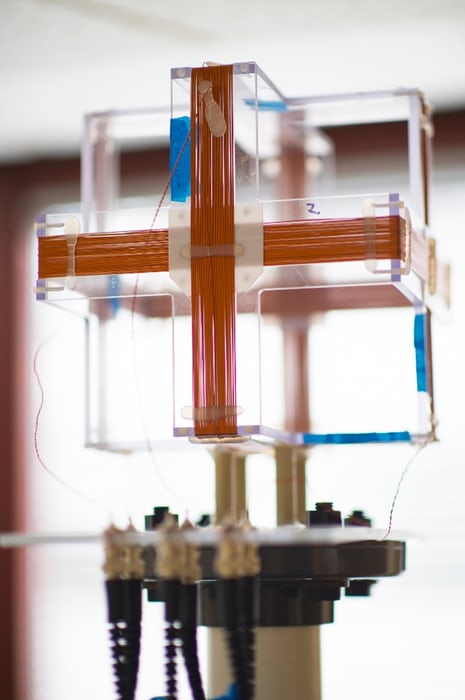During a fire or in a disaster area, knowing where your firefighter colleagues and first responders are is crucial, but GPS and other tracking systems have proven not so reliable.

Now, an electromagnetic tracker created by NASA could help them rescue lives more safely. Deemed POINTER (Precision Outdoor and Indoor Navigation and Tracking for Emergency Responders), the device uses quasi-static electromagnetic fields, while most similar technology focuses on radio waves.
The short ranges may seem to be a limiting factor, but quasi-static fields have several advantages to make them more suited in a complex structure or underground. They can be adjusted to a variety of sizes and wavelengths, and they do not bounce off of walls or lose functionality underground as radio waves do. As a result, they can be deployed in all types of environments, including open spaces, skyscrapers, and underground bunkers.
Additionally, the slow speed at which the fields change allows them to detect different orientations of devices precisely. For example, in a burning building, a tracking device emitting a quasi-static field is more useful over GPS or cellular devices as it allows receivers to not only know the exact location but also their orientation. A commander could follow a firefighter's movements and know whether he was crawling on the ground or lying face down, suggesting that he may have passed out.

The algorithm used in POINTER involves complicated mathematics and technology. It analyzes both the electrical and magnetic components of quasi-static fields and is the key to interpreting these fields and their signaling.
After a successful demonstration at the U.S. Department of Homeland Security (DHS) Science and Technology Directorate, the team is working to develop the technology a step further. POINTER is currently the size of a shoebox, and they are working to make it small enough to fit on the button, pocket, or belt buckle of a first responder's Personal Protective Equipment (PPE). The goal is to allow firefighters to place it on their PPE without worrying about anything else.
Source: New Atlas
Advertisement
Learn more about Electronic Products Magazine





